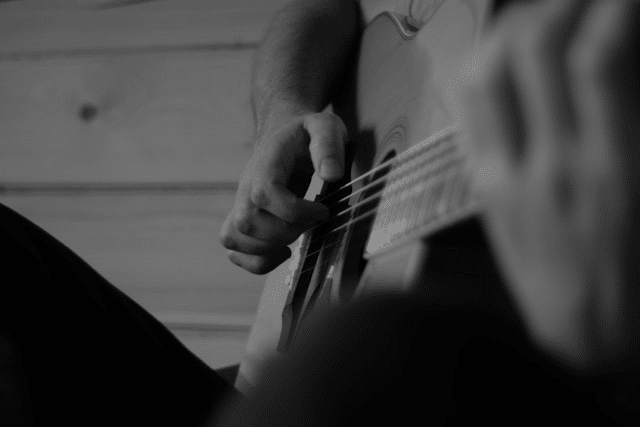The music industry has always been shaped by trends, but in the digital era, viral content plays a bigger role than ever before. Decades ago, radio airplay, MTV, and music charts were the main forces behind a song’s popularity. Today, short-form content platforms like TikTok, Instagram Reels, and YouTube Shorts can take an unknown track and turn it into a worldwide hit overnight. Viral music trends are no longer just internet phenomena they are key drivers of how songs go viral and dominate streaming platforms.
In this article, we’ll explore how viral trends affect song popularity, why some tracks blow up unexpectedly, and what this means for the future of music marketing.
The Power of Social Media Virality
Social media has become the most influential music discovery tool of our time. TikTok alone has transformed the way people engage with songs users add tracks to videos, sparking challenges, dances, and memes that quickly spread across the platform. These viral moments often spill over into Instagram and YouTube, giving songs massive exposure.
Short-form videos are particularly effective because they focus on snippets of songs the catchiest chorus, a unique beat drop, or a memorable lyric. Once people hear that segment repeatedly, they’re likely to stream the full song on Spotify or Apple Music, making it climb the charts.
Case Studies of Viral Hits
Viral trends have turned many tracks into global successes. Lil Nas X’s “Old Town Road” started as a TikTok meme before breaking records on the Billboard Hot 100. Doja Cat’s “Say So” exploded after a dance challenge went viral, propelling her into mainstream stardom. Even older songs have found new life Fleetwood Mac’s “Dreams” re-entered the charts decades after release when a TikTok video featuring the track went viral.
These examples highlight how viral hits can come from any era, genre, or artist. The key is engagement: once a song becomes associated with a popular trend, it takes on a life of its own.
How Viral Trends Affect Song Popularity
The impact of viral trends on music is immediate and measurable. When a song becomes the soundtrack to a viral dance or meme, it experiences a surge in streams, downloads, and even Shazam searches. Many listeners discover music not through traditional channels but through content creators who use catchy audio clips.
For independent and emerging artists, viral trends can be game-changing. A single well-timed trend can turn an unknown track into a global hit, leveling the playing field between indie musicians and established stars. Viral songs also tend to have longer lifespans than traditional releases because they resurface every time a new wave of users engages with the trend.
The Role of Algorithms
Another factor in how songs go viral is the power of algorithms. TikTok and Instagram prioritize content that sparks engagement. When users repeatedly interact with a video featuring a particular song, the algorithm amplifies its reach, creating a feedback loop. More people see the content, more people use the audio, and the song gains even more visibility.
This cycle often pushes tracks onto trending charts on Spotify, Apple Music, and Billboard, demonstrating how social media algorithms and music popularity are tightly connected.
Short-Term Fame vs. Long-Term Success
Not every viral hit leads to a long-lasting music career. Some artists become one-hit wonders when their success is tied solely to a single trend. A catchy chorus might dominate TikTok for a few weeks, but once the trend fades, so does the song.
However, artists who capitalize on their viral success with consistent releases, strong branding, and connection with their audience often turn short-term fame into long-term success. Viral music trends can open the door, but sustained artistry is what keeps an artist relevant.
Marketing Strategies Behind Virality
Viral trends may seem spontaneous, but music marketers increasingly engineer them. Record labels often work with influencers to spark challenges or memes tied to new releases. For example, labels send unreleased songs to popular TikTok creators, hoping they will kick-start a trend.
Remixes, user-generated content, and creative campaigns also play a role in driving exposure. By making songs easy to use in videos and encouraging audience participation, artists can improve their chances of sparking viral hits. This approach shows how social media and music marketing are now deeply intertwined.
The Future of Music and Viral Trends
As digital platforms continue to dominate, viral trends will remain one of the most powerful tools in shaping the music industry. Artists and labels must learn to adapt by focusing not only on traditional promotion but also on creating songs designed for shareability. Catchy hooks, relatable lyrics, and remix potential are all factors that influence whether a track takes off online.
Looking ahead, it’s likely that viral trends will not only decide which songs go viral but also influence the direction of music itself. Genres and styles that perform well on short-form platforms may dominate future releases, reflecting the growing importance of digital culture in music creation.
Conclusion
Viral trends have changed the rules of the music industry, redefining how songs become popular and how artists break into the spotlight. Platforms like TikTok, Instagram, and YouTube now play a central role in music discovery, giving rise to viral hits that can transform careers overnight.









